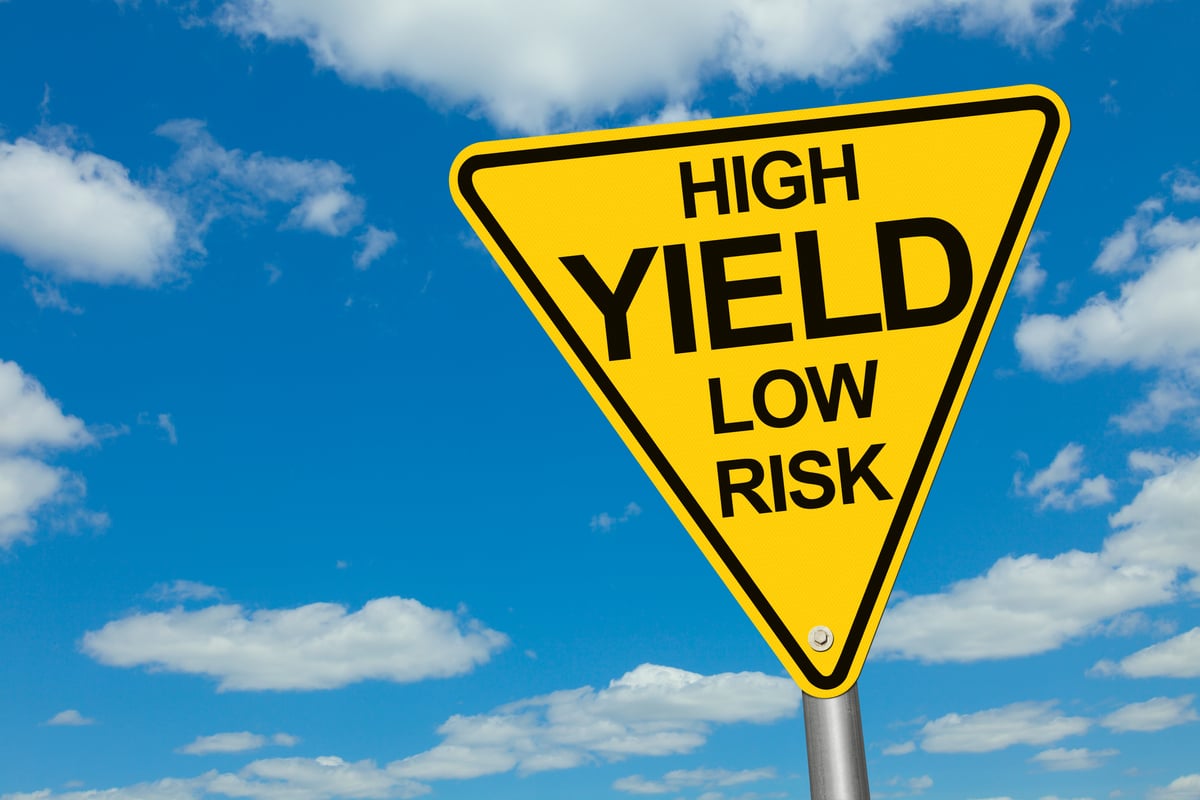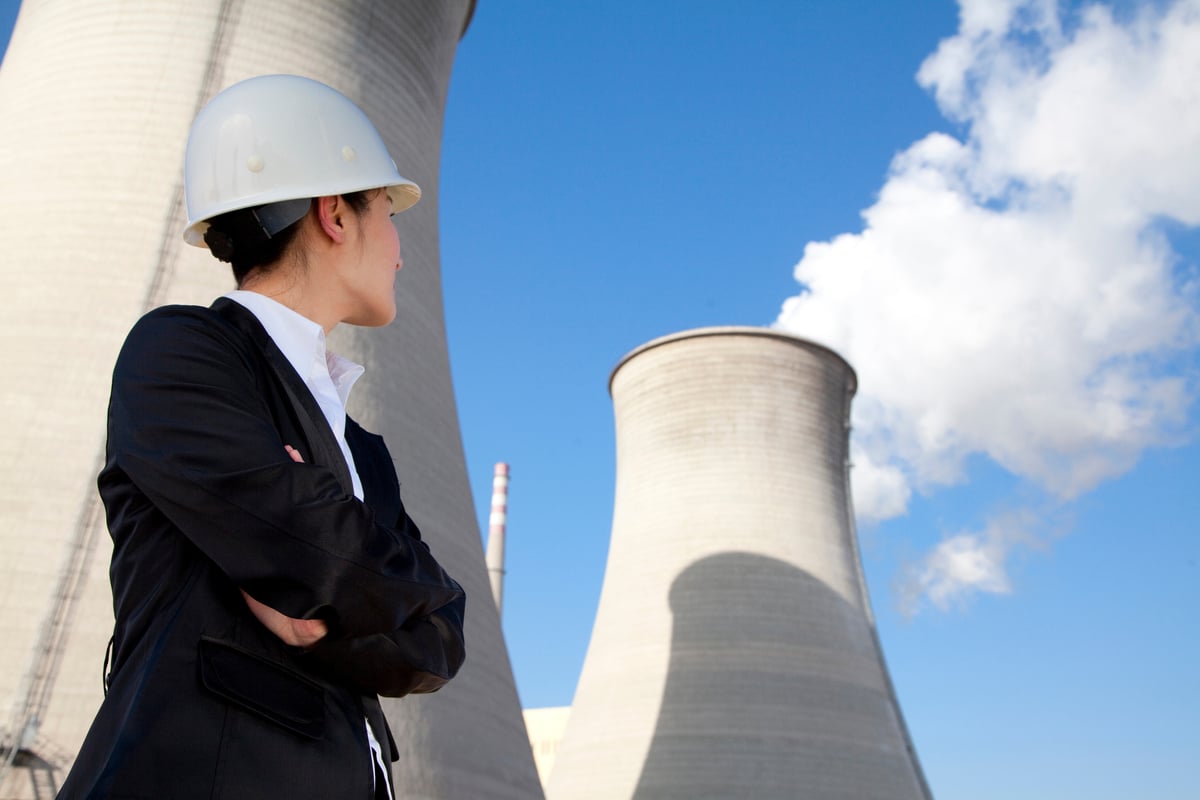Kinross Gold (KGC 0.82%) shares have been under pressure since March because a sizable part of the company's business is done in Russia. In this situation, the company's first quarter report was left almost unnoticed, partly because Kinross Gold met analysts' expectations. However, the company made good progress on the cost front and could be well positioned for upside when Russia-related fears subside.
Russian mines are important for Kinross Gold's profitability
Investors' worries over the future of Kinross Gold Russian projects are understandable, as the Kupol and Dvoinoye mines contributed almost 30% of the company's total gold production in the first quarter. What's more, Russia is the most cost-effective region for the company with first quarter cost of sales of $481 per ounce of gold. In comparison, cost of sales in the West Africa segment was $820 per ounce.
Thus, any serious damage to Kinross Gold's Russian operations would have a huge negative effect on the company. However, the possibility of a scenario where additional sanctions on Russia disrupt Kinross Gold's business in the country is very low. That said, Kinross Gold's shares are likely to trade with the Russia-related discount until the situation over the country becomes clearer.
Cost improvements make the company more stable
Kinross Gold's fourth quarter performance wasn't great, with all-in sustaining costs of $1,169 per ounce. The company has made significant improvement in the first quarter of this year, achieving all-in sustaining costs of $1,001 per ounce. Importantly, 40,000 ounces of gold were produced but not sold during the quarter due to the timing of shipments. Kinross Gold's costs would have decreased further should those ounces have been sold. With its first quarter performance, the company is on track to meet its all-in sustaining cost guidance of $950-$1,050 per ounce.
Another important point to consider is the possible expansion of the Tasiast project in Mauritania. The recent activity on merger and acquisition front like the purchase of Osisko Mining by Agnico Eagle Mines (AEM 0.38%) and Yamana Gold (AUY +0.00%) has spurred questions about whether Kinross Gold would be looking for a partner to fund the project. If companies like Agnico Eagle Mines and Yamana Gold are ready to spend money in the current environment, there might be more players searching for tempting projects. Kinross Gold was questioned on this topic during the earnings call, and the answer came back negative. The company stated that it was looking to identify potential lenders for the project without looking for potential partners.
The recent feasibility study of the Tasiast expansion project showed that it could be able to produce an average of 848,000 ounces of gold annually for first five years with cash costs of $501 per ounce. This would be a significant improvement from the current state of things, as Tasiast continues to be a source of operating losses for the company.
Bottom line
Kinross Gold remains a solid performer. The company has shown improvements on the cost front and has pushed its costs away from current gold prices. Thus, the possible downside in gold prices would not have a deteriorating effect on Kinross Gold's balance sheet.
The Tasiast expansion project could be a source of significant future growth should the company secure the necessary financing. Although Kinross Gold stated that it would not make a decision on the project until 2015 at least, it promised to report its progress regarding the Tasiast expansion in the second quarter.
All in all, Kinross Gold shares are positioned for upside when Russia-related pressure is lifted from its shares.





